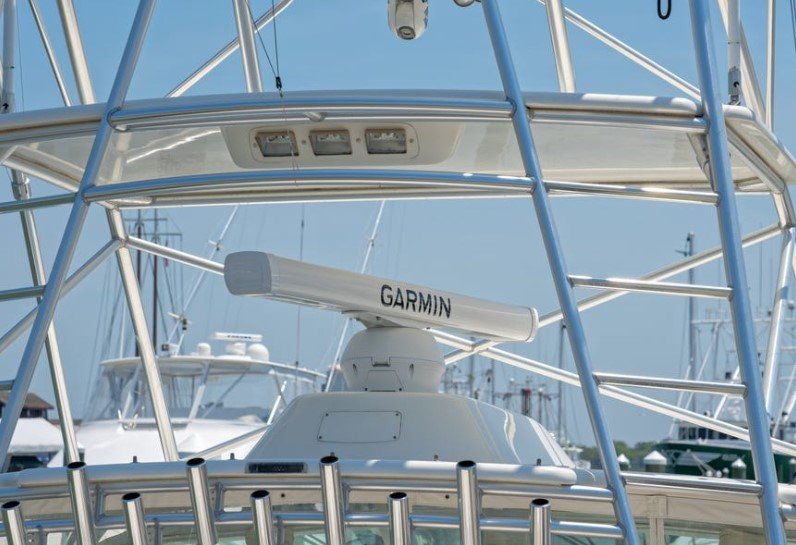Miros just bagged another big win. The Norwegian maritime tech company has secured a fresh commercial contract for its Vessel Technical Index (VTI), deepening its grip on the global shipping industry’s shift toward smarter, cleaner, and faster operations.
And while the name of the shipping company remains under wraps, insiders say the deal could shake up how ship performance is tracked, verified, and monetized.
A Data-Led Revolution in Vessel Efficiency
The VTI service isn’t just another dashboard bolted onto the bridge. It rewrites the rulebook.
For decades, operators have wrestled with flawed, incomplete data when trying to assess how efficiently a ship is moving through water. That’s now changing. Miros’ VTI technology filters out weather, load, and other variables, giving owners a clean, crisp view of how the vessel is performing compared to its original build condition.
In simple terms: the guesswork is gone.
Real-time insights into whether a hull needs cleaning or whether a newly installed energy-saving device is actually working? That’s what the system delivers—hourly.

Real-Time Decisions, Real-World Savings
Gunnar Prytz, Miros’ CTO, calls the new model a huge leap. And you can hear the frustration with outdated tools in his voice.
“Unlike traditional vessel performance analyses which are typically based on low-accuracy wave and speed-through-water data, Miros VTI delivers up to ten times faster and more accurate insights,” he said.
The tech plugs into Miros’ ocean radar and wave monitoring systems, which the company has honed over four decades. What emerges is something that’s less about prediction and more about precision.
• Shipowners can schedule maintenance with confidence
• Charterers can back performance claims with hard numbers
• Operators can spot fuel inefficiencies in near-real time
All that, from one tool, updated every hour.
The Carbon Clock Is Ticking—and Miros Is Selling a Stopwatch
For shipping giants feeling the heat from regulators and clients alike, the pressure’s mounting. The industry must cut emissions, improve efficiency, and prove it all on paper.
That’s where VTI shines. It quantifies energy use without muddying the waters with external conditions. What you see is what the ship is truly doing.
Miros CEO Marius Five Aarset isn’t mincing words: “Calculating energy use, removing external force impact, and comparing it to pure water resistance in real-time—this streamlines the entire process.”
The result? Cleaner voyages, less fuel burn, and lower emissions. And for companies trying to meet looming decarbonization targets, that could be a lifeline.
The Undisclosed Deal—and Why It Matters
This new deal is Miros’ third VTI agreement with a major shipowner, though the latest client’s identity hasn’t been disclosed. Still, sources close to the matter say the contract spans a large portion of the company’s commercial fleet.
This matters. Here’s why:
-
It confirms that the industry’s biggest players are putting money behind real-time performance tools.
-
It signals growing trust in VTI as a metric for regulatory reporting and charter compliance.
-
It puts Miros ahead of legacy software vendors who rely on static data and manual logging.
For a company once best known for offshore radar, this represents a sharp pivot into the heart of commercial shipping.
How VTI Compares to Traditional Performance Tools
To really understand the impact, here’s a side-by-side snapshot.
| Feature | Traditional Tools | Miros VTI |
|---|---|---|
| Wave & sea state input | Indirect, model-based | Direct, radar-measured |
| Update frequency | Daily or voyage-end | Hourly |
| Accuracy of STW measurements | Low (often GPS-based) | High (dedicated sensors) |
| Ability to isolate hull drag | Poor | Excellent |
| Regulatory compliance support | Limited | High (via DNV-backed VTI) |
The differences are stark. And for shipowners with shrinking margins and rising ESG obligations, the move to better data is no longer optional.
Looking Back at Miros, Looking Ahead to a Greener Fleet
Founded over 40 years ago, Miros was originally a radar tech outfit serving oil rigs and offshore platforms. It slowly expanded into sea state monitoring, building systems that could survive Arctic storms and equatorial squalls alike.
Now it’s pushing that expertise into everyday shipping. Not just high-end LNG carriers or offshore supply vessels—but tankers, bulkers, and container ships that make up the backbone of global trade.
And it’s doing it without the flash. No gimmicky ads. No “crypto-like” hype. Just cold, hard, hourly data.
For the maritime sector, where one wrong turn or delay can cost millions, that might be exactly what’s needed.








